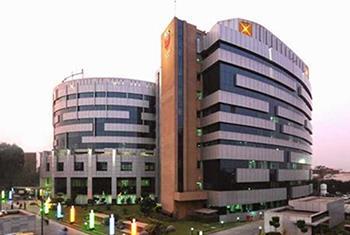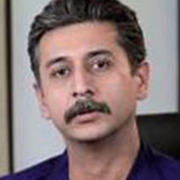What are the risks and complications of TLIF surgery?
General risks that are associated with all kinds of surgery such as infection, bleeding, blood clots, and reactions to anaesthesia are applicable in TLIF as well. Some complications that are specifically related to TLIF include:
Failure of fusion:
Sometimes, bones may not fuse over time. Many factors contribute to this, such as smoking, alcohol consumption, medical conditions including osteoporosis, obesity, diabetes, and malnutrition. If the fusion does not take place (known as pseudoarthrosis), the patient may require another surgery for repair.
Transitional syndrome:
Spinal fusion may lead to transfer of additional stress and load to the discs and bones above/below the segment fused. This added stress may eventually cause degeneration of the adjacent discs and result in pain.
Persistent pain or Nerve damage:
All spinal surgeries include the risk of injury to the nerves or spinal cord. Damage to the nerves can lead to numbness or paralysis. Most often, the cause of persistent pain is nerve damage caused by the disc herniation itself and if the damage is permanent, the nerve will not respond to surgical decompression. In such cases, spinal cord stimulation or other treatments may provide relief.
Hardware fracture:
Metal screws that are used to stabilize the spine graft and disc may move or break before complete fusion of the bones. This may require another surgery to fix or replace the screws. Symptoms suggesting a broken hardware include – sudden sharp pain the back (in the operated area), numbness or tingling feeling in legs and shoulders, and return of other symptoms that the patient had before the surgery. You should contact your doctor as soon you start noticing these signs.
Bone graft migration and settling:
In some rare cases, the bone graft moves from the position it was placed soon after surgery. This usually occurs when the plates and screws are not used or fusion was performed for many vertebral levels. With time, the bone graft spacer can possibly sink into the bone (called as subsidence) and decrease the indirect decompression of the nerves. If this occurs, another surgery may be required to repair or correct the problem.











